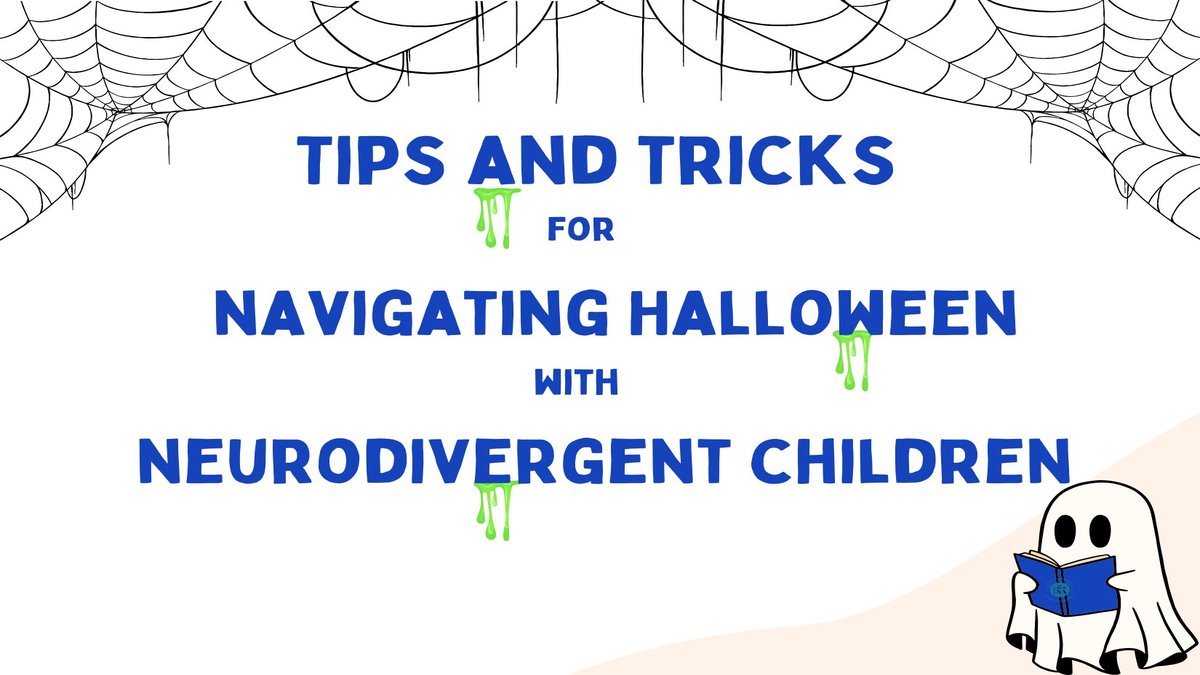2. Set Clear Expectations
Halloween can be unpredictable, which can cause anxiety for some neurodivergent children. Help manage these feelings by setting clear expectations and sticking to a plan.
Use Visual Schedules: Prepare your child for the day’s events with a visual schedule, showing what will happen and when. This can help them understand the sequence of activities, reducing anxiety about the unknown.
Practice Trick-or-Treating: Role-play trick-or-treating ahead of time. Walk through the steps of knocking on a door, saying “trick-or-treat,” and receiving candy. This practice can make the real event feel more familiar and less stressful.
Explain Social Norms: If your child has difficulty with social communication, go over Halloween-specific expectations. Explain what people might say, how to respond (verbally or nonverbally), and what behaviors are appropriate (like taking one piece of candy). You can also create social stories that walk them through the event.
3. Respect Your Child’s Boundaries
Some neurodivergent children may not enjoy the traditional aspects of Halloween, and that’s okay. There are plenty of ways to participate without forcing them into uncomfortable situations.
Let Them Opt-Out: If your child isn’t interested in trick-or-treating or attending a party, consider alternatives like a movie night with their favorite snacks, a small family scavenger hunt, or a quiet pumpkin-decorating activity at home. They also may enjoy handing out candy with you to others at home. It’s important to respect their limits and ensure they still feel included.
Support Nonverbal Communication: For nonverbal children or those who may struggle with verbal communication in social situations, consider giving them a visual card they can show to neighbors during trick-or-treating, such as one that says “Happy Halloween” or “Trick or Treat,” demonstrating that they may not say “trick-or-treat” aloud.
4. Keep Transitions Smooth
Transitions between activities or locations can be challenging for neurodivergent kids, especially during an exciting and unpredictable holiday like Halloween.
Use Transitional Cues: Give your child warnings about transitions, such as leaving the house or moving from one house to the next while trick-or-treating. Use clear cues like a visual timer or verbal reminders to signal changes.
Plan a Calming End to the Night: After the excitement, plan a quiet, calming activity at home to help your child transition from the stimulation of Halloween to their usual routine. A favorite bedtime story, quiet music, soothing sensory strategies, or dim lighting can help them wind down.
5. Be Flexible and Adapt
Remember that no two children are the same, and even with careful planning, things may not go as expected. Be ready to adapt and follow your child’s lead.
Go at Your Child’s Pace: Let your child take breaks if needed, and don’t worry about hitting every house or staying out for hours. If they’re enjoying themselves in one spot, let them linger and engage with their surroundings in a way that feels comfortable to them.
Skip the Candy: If dietary restrictions or preferences make traditional Halloween candy less appealing, offer non-candy alternatives. You could hand out small toys, stickers, pencils, or sensory-friendly items to make the holiday enjoyable without sugar overload.

